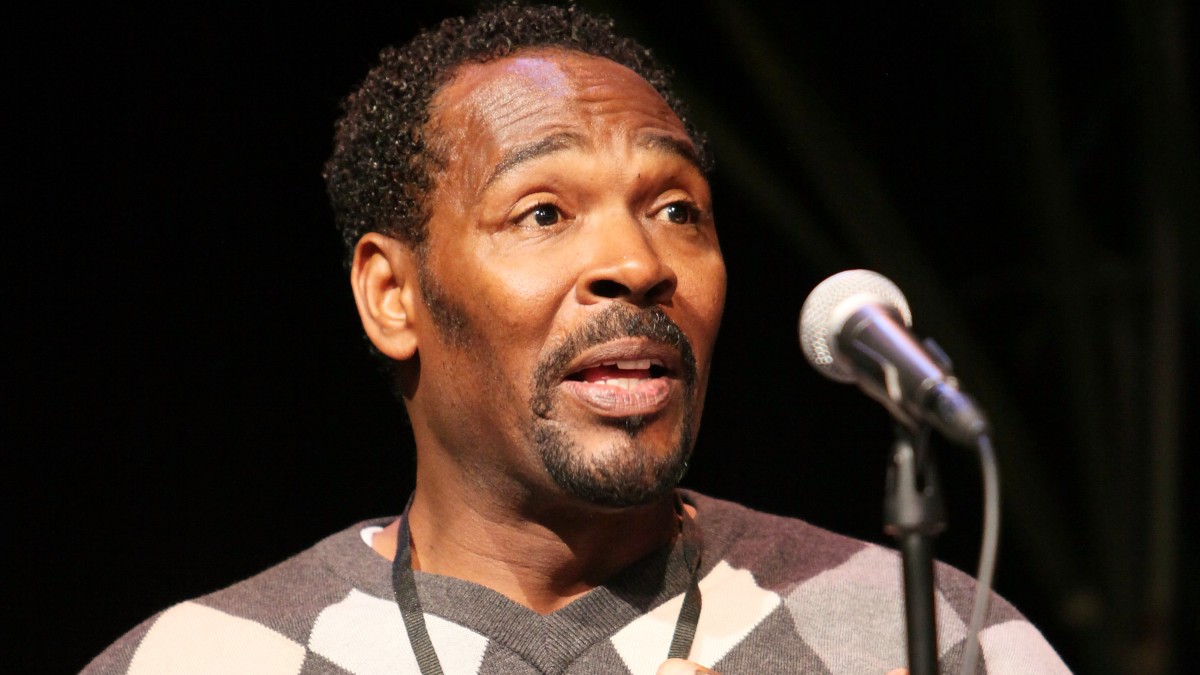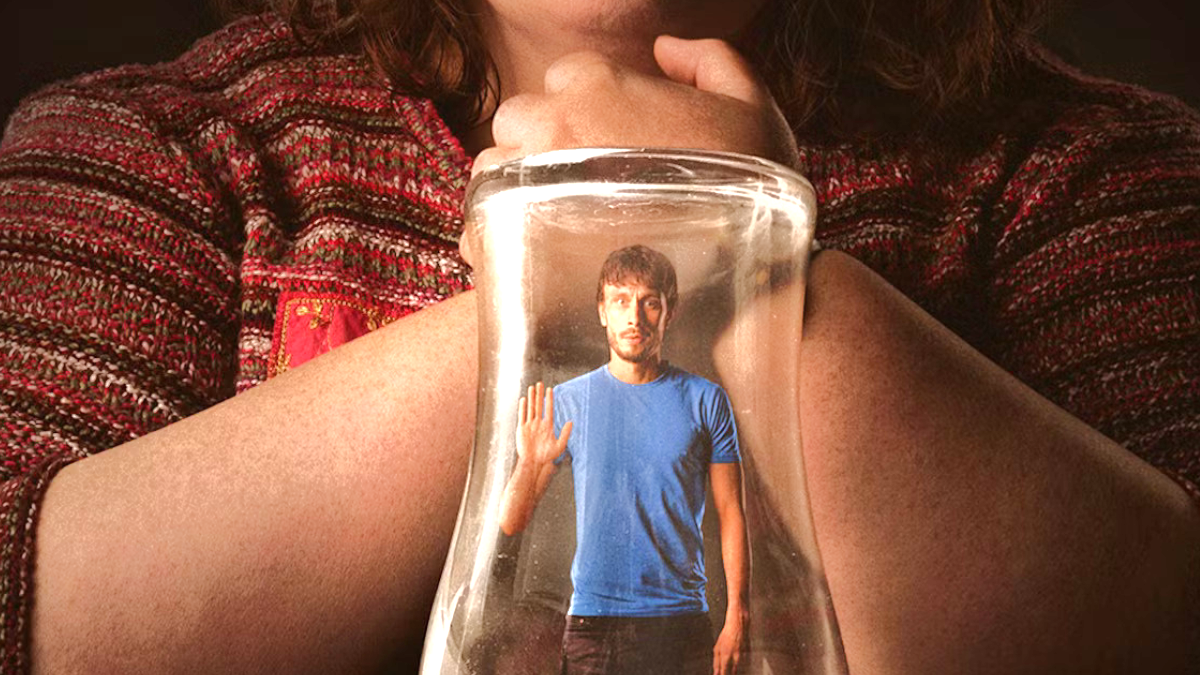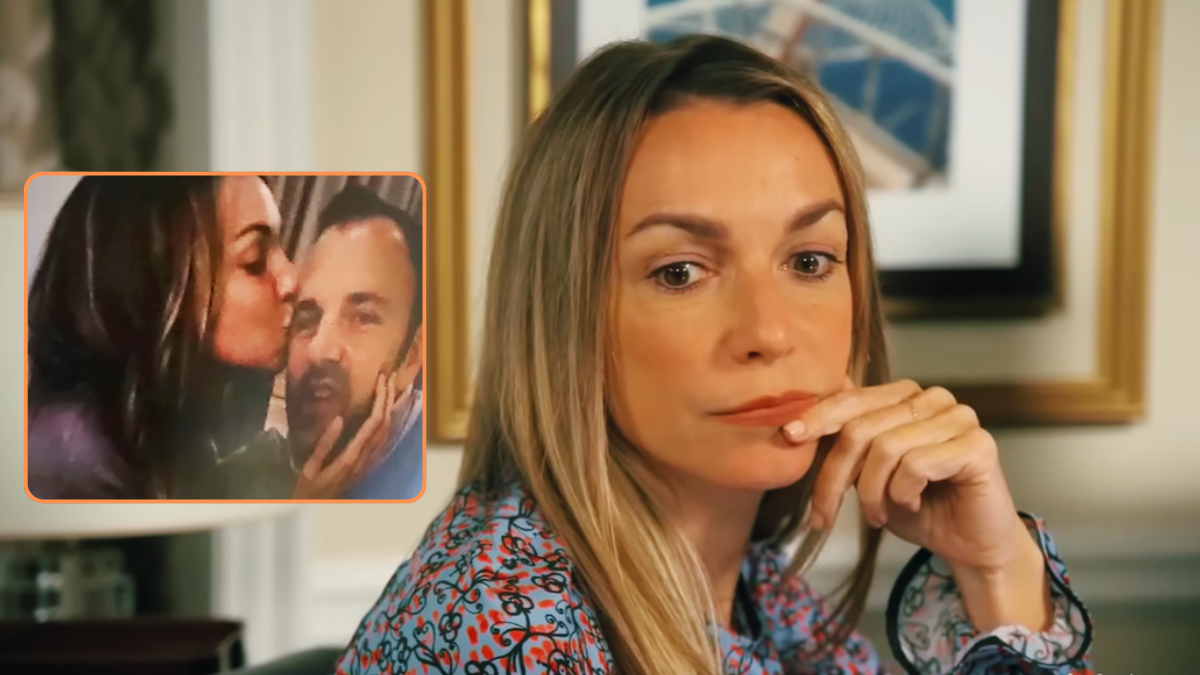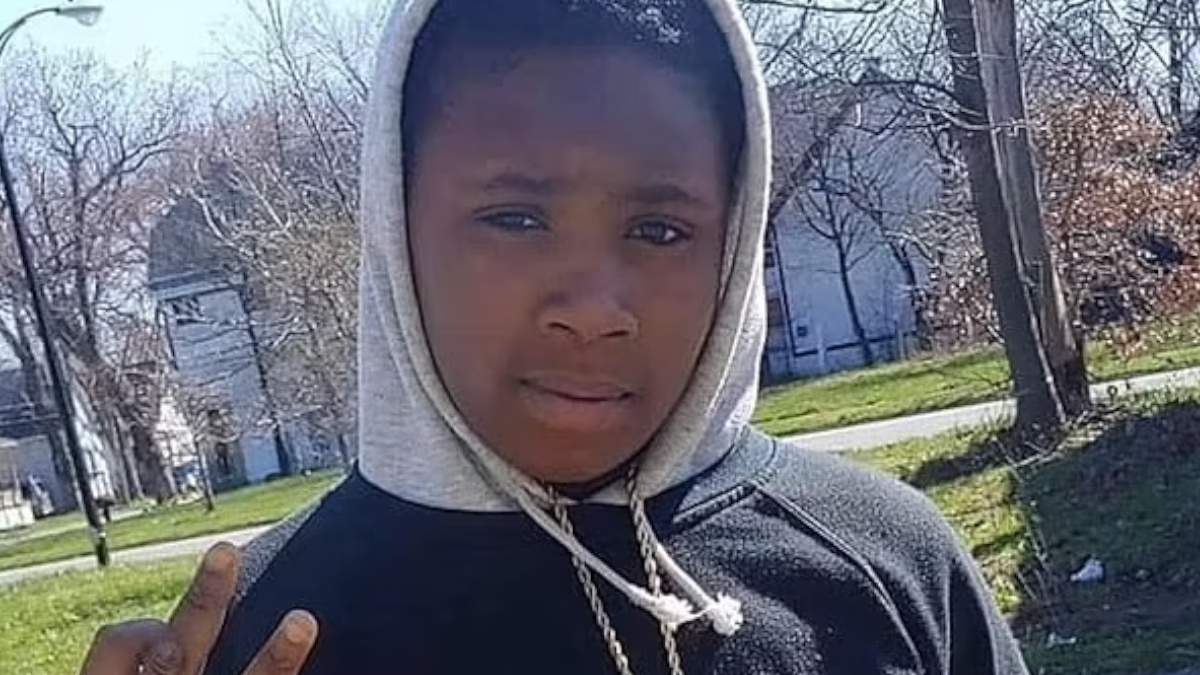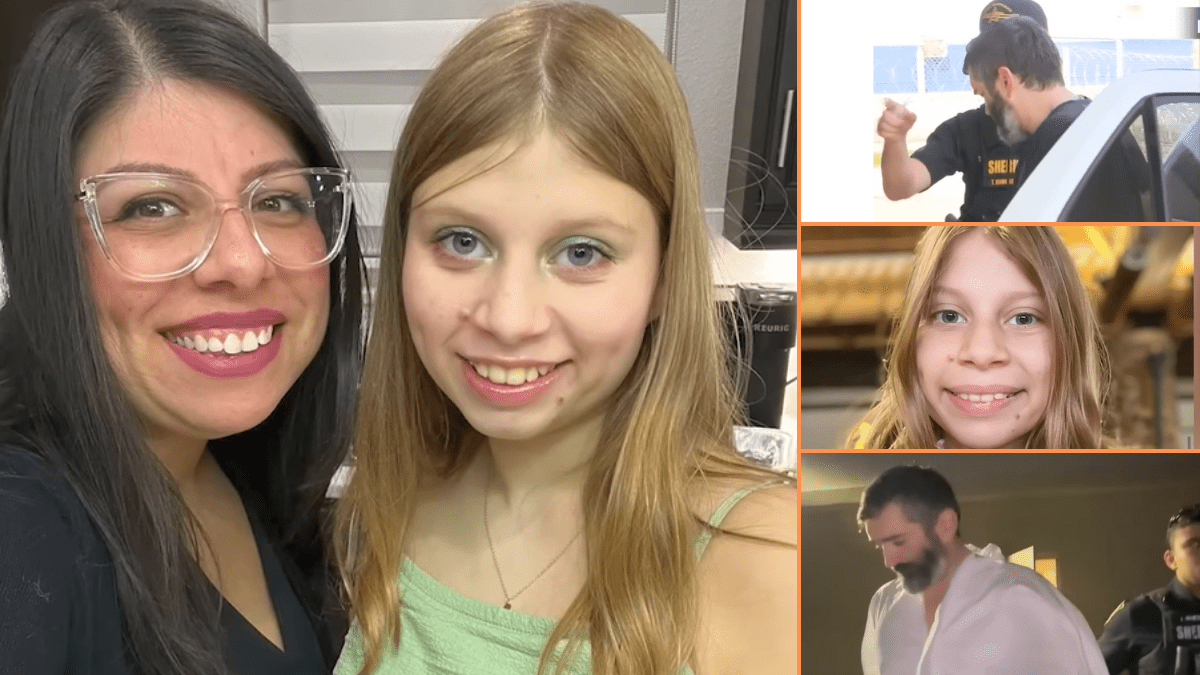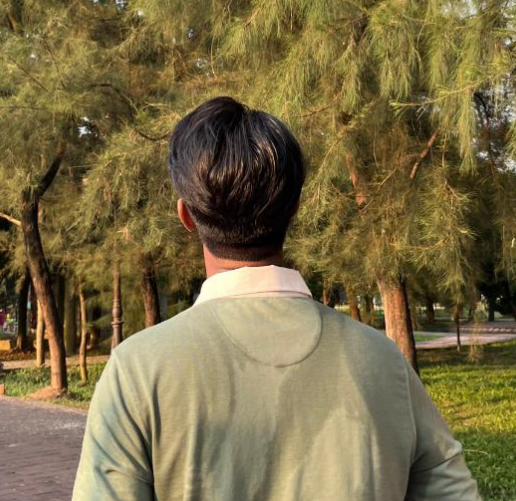Can a single moment define a life? For Rodney King, that moment came on a dark Los Angeles street in the ’90s, when a group of police officers decided to play a twisted game of “Pin the Baton on the Black Man.”
The grainy footage of King’s brutal beating, captured by a bystander with a camcorder, became a rallying cry for a nation grappling with its ugly history of racial injustice. For some unfathomable reason, there seems to be a misconception among certain members of American police forces that they’ve been crowned kings in their own right, reigning supreme with scepters in the form of batons. This regal delusion, unfortunately, has filled more news columns than celebrity scandals and political gaffes combined.
The footage showed King being struck by police batons more than 50 times, as well as being kicked, over a period of several minutes, which was later broadcast on television nationwide.
Why was Rodney King beaten up by the LAPD?
It was 1991, a year when neon colors and big hair were fading out, but outdated racial prejudices and police bravado were still very much in vogue. On a seemingly ordinary spring day Rodney King, a black motorist, found himself in a high-speed chase with the LAPD who decided to exhibit their unchecked power.
The initial trial of the officers took place in Simi Valley, a predominantly white suburb of Los Angeles. On April 29, 1992, the jury, which consisted of ten white, one Hispanic, and one Asian juror, acquitted three of the officers on all charges and failed to reach a verdict on one of the charges for the fourth officer. This verdict was apparently LA’s version of “nothing to see here,” which, of course, led to the 1992 Los Angeles Riots. Over six days, the city demonstrated its anger and frustration, leading to more than 50 deaths, thousands of injuries, and over $1 billion in property damage.
The Ripple Effect
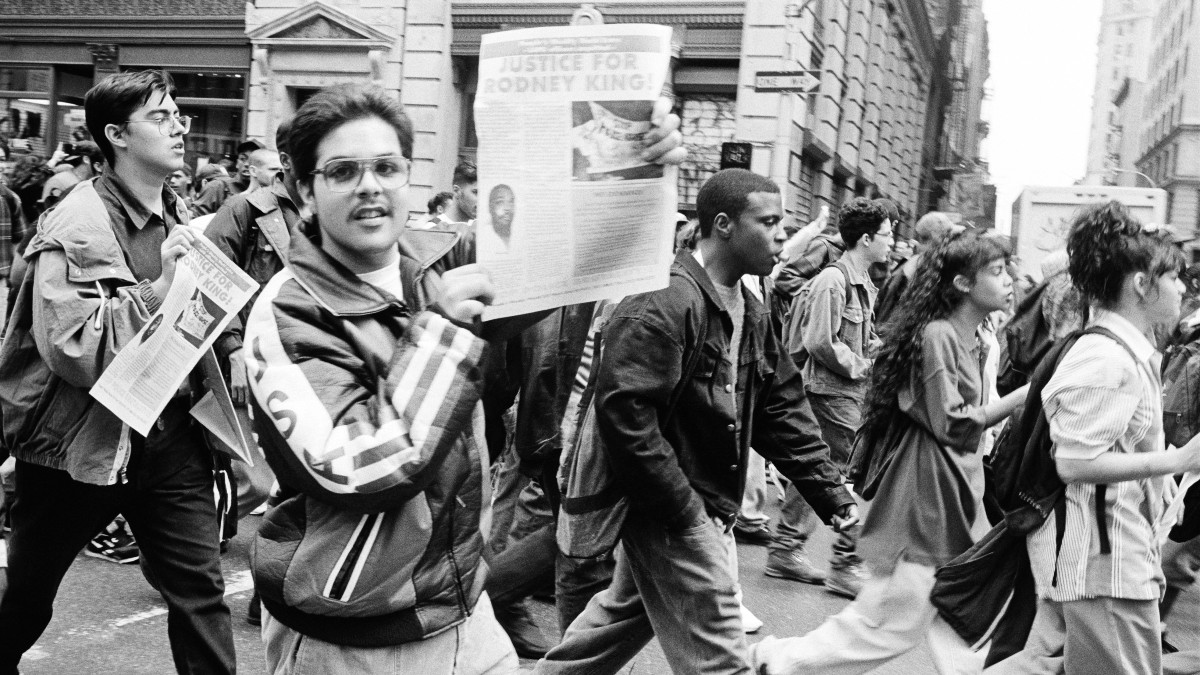
King’s plaintive plea, “Can we all get along?” became a mantra for a nation desperate for healing. Subsequently, the federal government charged the four officers with civil rights violations. In a federal trial held in 1993, two of the officers were found guilty and sentenced to 30 months in prison, while the other two were acquitted. In response, the LAPD went under significant reform. One might say it was a knee-jerk reaction, but let’s face it, sometimes you need to hit the reflex hammer hard to get any movement.
But despite all the protests, all the outrage, and all the calls for reform, it seems like we’re still stuck on repeat. True change, as history shows us time and again, requires more than surface tweaks.
Fast forward three decades, and it seems not much has changed. Just look at the Eric Garner case. Choked to death by a cop over some loose cigarettes? Really? Or how about Philando Castile, shot dead in front of his girlfriend and her four-year-old daughter during a routine traffic stop? And let’s not forget Tamir Rice, a pre-teen boy gunned down by police while playing with a toy gun in a park. The names on the placards may be different, but the script remains the same.
Police brutality, racial profiling, and a justice system that seems to value some lives more than others — it’s a bad reboot of a show that should have been canceled long ago.
I know what some of you might be thinking — “But not all cops are bad! There are plenty of good ones out there!” And sure, I’ll grant you that. But here’s the thing — how do you differentiate when the so-called “good cops” stand by and watch their colleagues abuse their power, remain silent in the face of injustice, and prioritize that “thin blue line” over the lives of the people they’re sworn to protect?
In discussing Rodney King, we realize that the story is not just about the man, or what he went through. It’s often an uncomfortable conversation about where we’ve been, where we are, and where we desperately need to go. And if you’re thinking, “That’s a heavy topic for a dinner conversation,” perhaps it’s exactly what we should be discussing at the dinner table. After all, change doesn’t come from staying comfortable.

